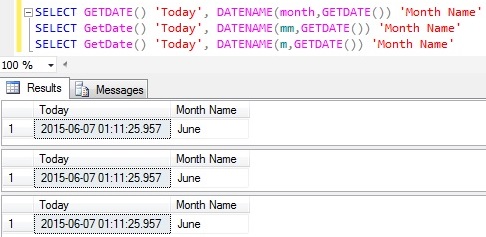

Since the major difference between CAST() and CONVERT() is that the latter can the character set of a column into a different one, let's show that in action. Other than that, the data_type parameter can be any of the same types that are supported by the CAST() function. One way is to supply two separate arguments: The CONVERT() function's syntax is similar to CAST(), but the expression and result type are supplied in a slightly different format.
#Mysql cast software#
The winning name was submitted by Ambrose Twebaze, an Open Source software developer from Eswatini (formerly Swaziland), Africa. Speaking of the Sakila Sample Database, did you know that it's named after MySQL's dolphin mascot? It was chosen from a huge list of names suggested by users in a "Name the Dolphin" contest. That means that it can store a huge amount of text! We can use CAST() to truncate the description to 100 characters, so that we don't get a whole book about the movie: One of the columns - description - is a text field. The following query returns information about a particular film in the MySQL Sakila Sample Database. One useful application of the CAST() function is to make a very large data type less unwieldy (more wieldy?). You can cast data into BINARY, CHAR, DATE, DATETIME, TIME, DECIMAL, SIGNED, UNSIGNED data types.

the data type (decimal, char, etc.) to which you want to convert this data.Hence, CAST() should be your goto conversion function, unless you need to convert a character set. CAST() cannot be used to change character sets. The main difference is that CONVERT() can also convert the character set of data into another character set. Since the two are so similar, many SQL newbies (and some more experienced users!) wonder what the difference is. What's the Difference?īoth CAST() and CONVERT() can change data types in MySQL.
#Mysql cast how to#
In today's blog, we'll learn how to employ both functions using examples to illustrate their usage. In MySQL, we can convert between data types using the CAST() and CONVERT() functions. In relational databases, reasons for converting one data type to another include porting data from one database type to another, changing the data type of a column, or temporarily switching between data types for evaluation. As such, they often need to be converted into a more appropriate data type, such as a number, date, or what-have-you.

Serializing data in order to send it across the network tends to coerce all variables into strings. Off the top of my head, a common use case is to process variables that were passed in from a web form via a query parameter or POST request body. Data Type Conversion in MySQL 8 by Robert GravelleĪny time that you categorize data into different types, the need to convert from one data type to another is inevitable.


 0 kommentar(er)
0 kommentar(er)
